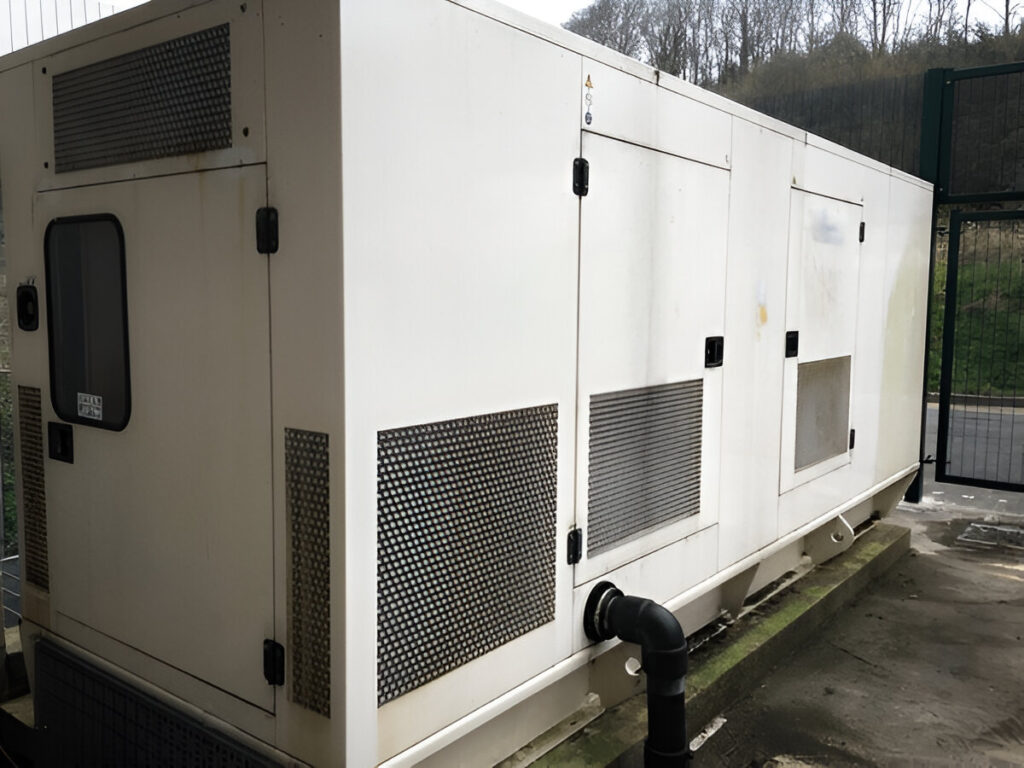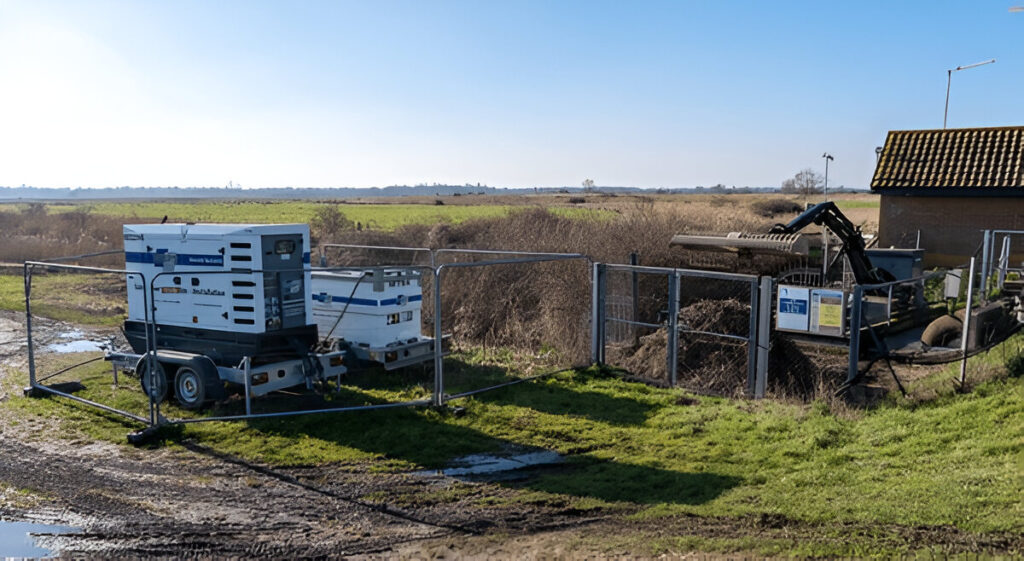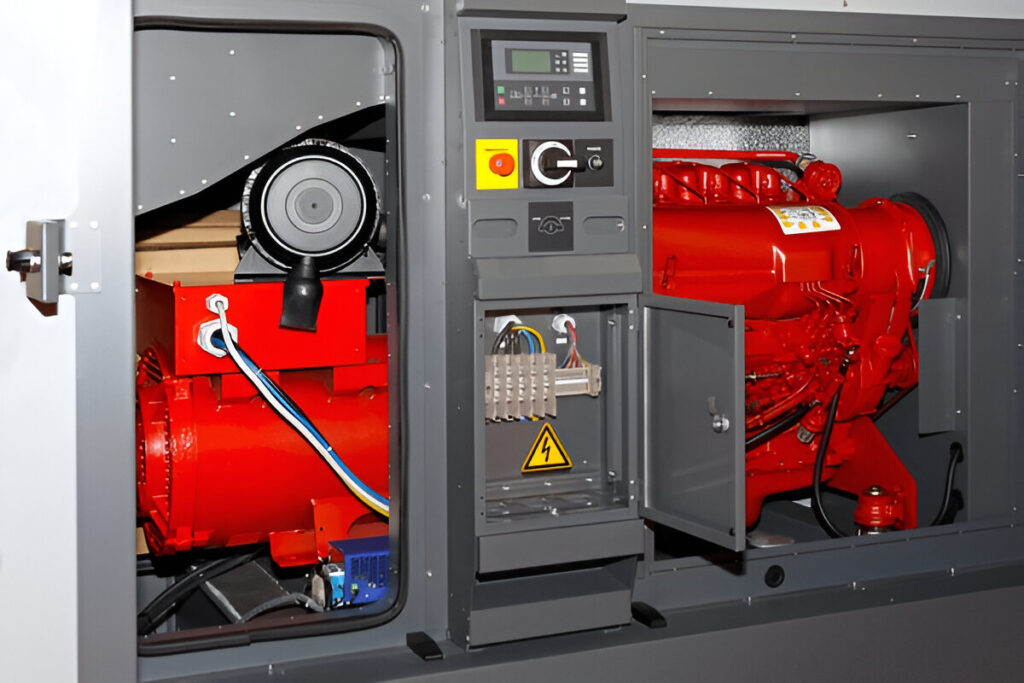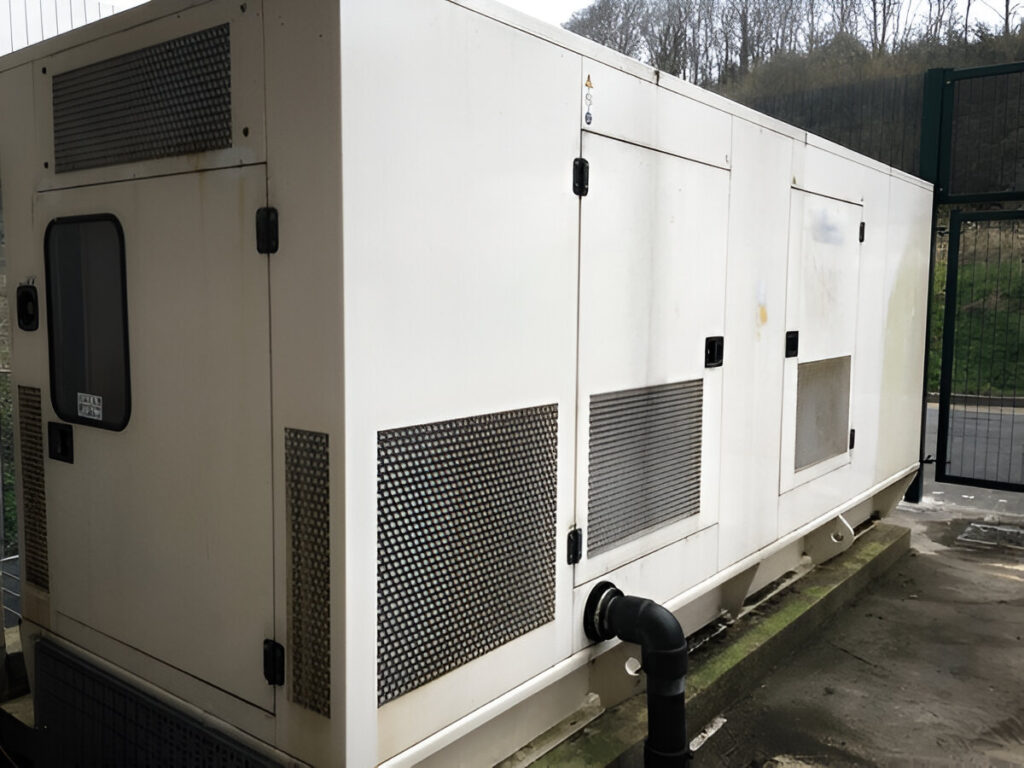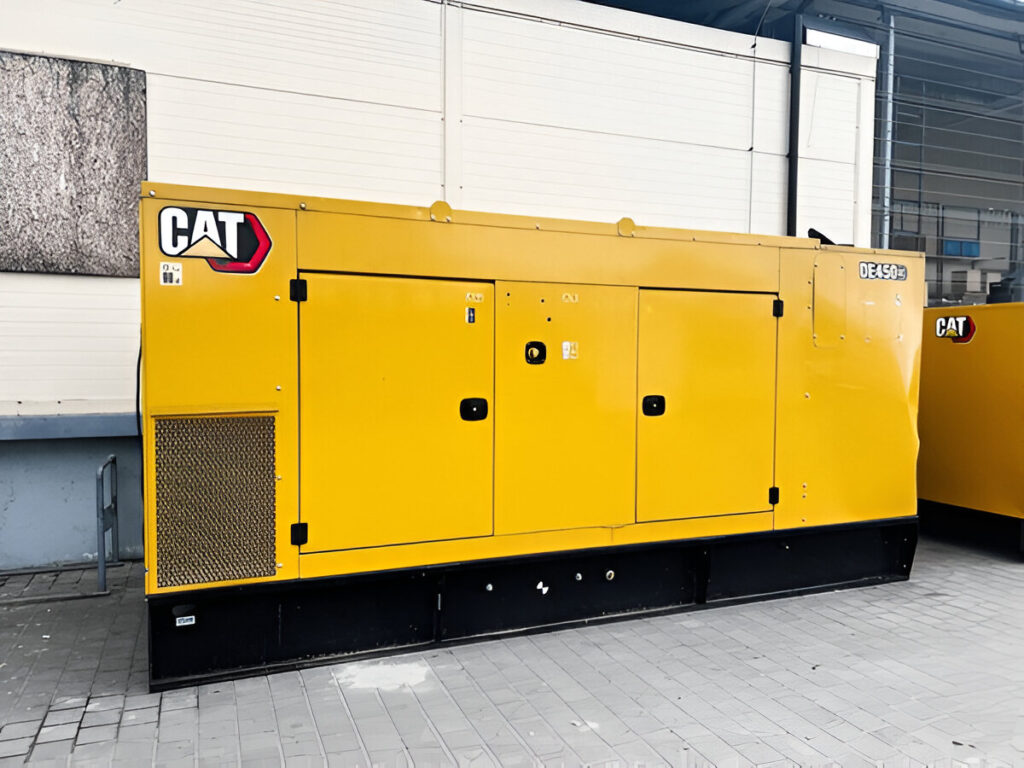Installing a generator enclosure is a crucial step to protect your investment and ensure reliable power during outages. Whether you’re considering a generator for sale or upgrading your current system, understanding the essentials before installation can save you time, money, and headaches. Here’s what you need to know before setting up a generator enclosure.
1. Understand the Purpose of a Generator Enclosure
A generator enclosure shields your equipment from environmental factors such as rain, snow, and debris, ensuring uninterrupted performance. It also provides noise reduction and an added layer of security against theft or tampering. When buying diesel fueled generators or any other type of generator, an enclosure is essential to maintain both safety and performance in Canadian climates.
2. Choose the Right Location
Selecting the proper location is vital for both safety and efficiency. Your enclosure should be installed in a well-ventilated area, ideally at least 5–10 feet away from windows, doors, and vents to avoid carbon monoxide buildup. If you’re investing in cat generators or any large industrial units, ensure the site can support the weight and size of the equipment and its enclosure.
3. Verify Local Regulations and Permits
Before installing your generator enclosure, check local building codes and permit requirements. In Canada, some regions have strict regulations regarding noise levels, clearances, and fuel storage. Whether you’re setting up a standby generator in Canada or a portable unit, compliance with local rules ensures safety and avoids costly fines.
4. Consider Weatherproofing and Ventilation
A high-quality enclosure must balance weather protection with proper airflow. Diesel generators produce heat that needs to dissipate efficiently to prevent overheating. If you’re planning to use a backup generator in Canada during harsh winters, consider insulated enclosures that prevent freezing while maintaining ventilation.
5. Match the Enclosure to Your Generator Type
Not all enclosures are created equal. Industrial generators like Cummins generators in Canada may require custom-fit enclosures to handle their power output and size. Smaller units or residential used generators for sale might only need lightweight, corrosion-resistant housings. Always match your enclosure to the generator’s specifications for optimal protection and performance.
6. Plan for Maintenance Access
An often-overlooked factor is accessibility. A good generator enclosure should allow easy access for routine maintenance, fuel refills, and inspections. Without this consideration, even simple servicing tasks can become complicated and time-consuming.
Final Thoughts
Installing the right generator enclosure ensures your system performs reliably in all conditions while staying protected from weather, theft, and regulatory issues. By selecting the correct location, following local codes, and choosing the appropriate enclosure for your unit, you can maximize the lifespan of your generator.
Whether you’re shopping for a generator for sale, upgrading to diesel fueled generators, or protecting a backup generator in Canada, BC GENERATORS has the expertise and products to keep your power supply safe and reliable.

